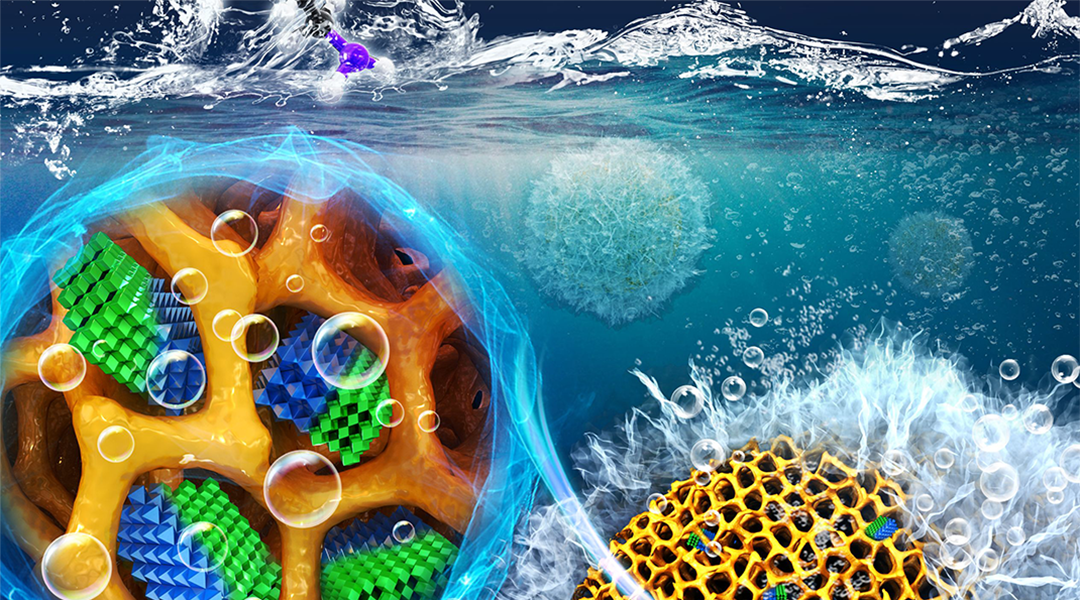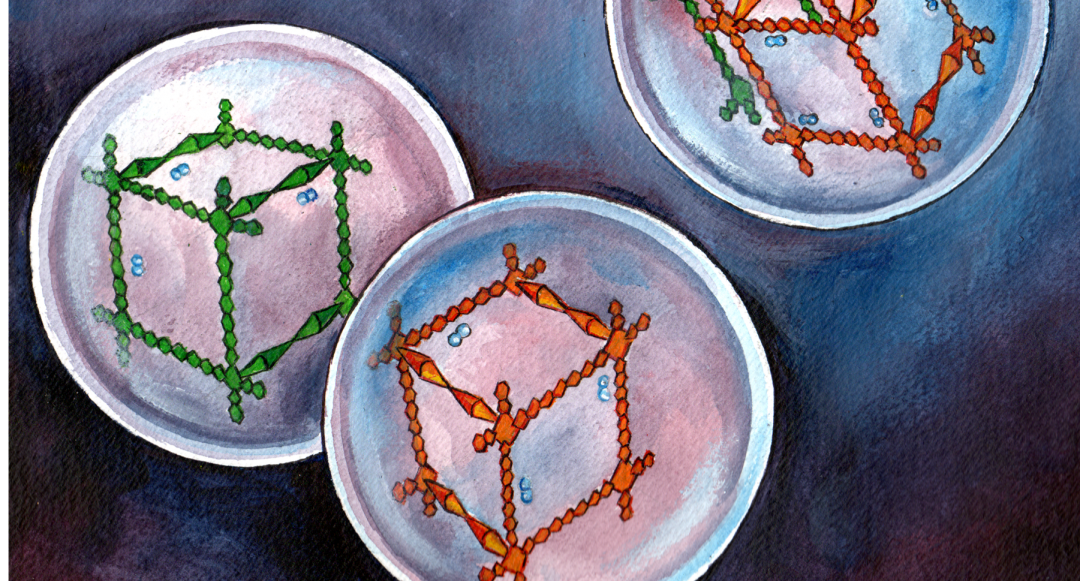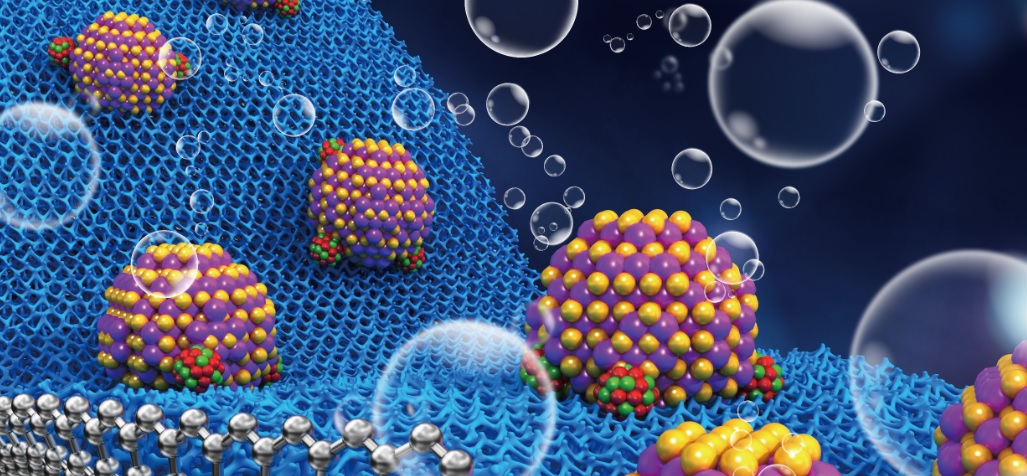Molybdenum-based carbon electrocatalysts that can operate in alkaline media are synthesized using a fast, scalable strategy.


Molybdenum-based carbon electrocatalysts that can operate in alkaline media are synthesized using a fast, scalable strategy.

In Japan, a 10,000 kW Power-to-Gas facility with world largest electrolysis will start supplying hydrogen in 2020.
![Removing Hydrogen Gas with Silicone-Based Getters [Video]](https://www.advancedsciencenews.com/wp-content/uploads/2018/08/adfm201707285_ASN_image.jpg)
Denisse Ortiz-Acosta and colleagues from Los Alamos National Laboratory fabricate 3D silicone materials for hydrogen removal from sealed waste containers.

A way to use iron ore as an efficient catalyst for the OER process.
![A Carbon-Quantum-Dot-Based Electrocatalyst for Hydrogen Evolution [Video]](https://www.advancedsciencenews.com/wp-content/uploads/2018/07/adma201800676_ASN_image.jpg)
A novel ruthenium electrocatalyst based on carbon quantum dots (CQDs) for the hydrogen evolution reaction (HER), using ginkgo leaves as a starting material, is developed.

Interview with Dr. Karsten Müller and Timo Rüde of the Friedrich-Alexander-Universität Erlangen-Nürnberg, Germany about their recent work on liquid organic hydrogen carrier (LOHC) systems and the recent Special Issue of Energy Technology on Hydogen Storage Materials, Carriers, and Processes.

IR-driven transfer of plasmon-induced hot electrons in a nonmetallic branched heterostructure, by combining ultrafast transient absorption spectroscopy with theoretical simulations, is demonstrated for the first time.

Novel heterojunction material for efficient water splitting and hydrogen production operating in a broad range of pH conditions.

Hydrogen is now rapidly developing as a renewable fuel for both stationary and transport applications.

What’s new in hydrogen production? Sustainable energy is a hot topic, and these snapshots will update you on what materials are being optimised right now for the HER.